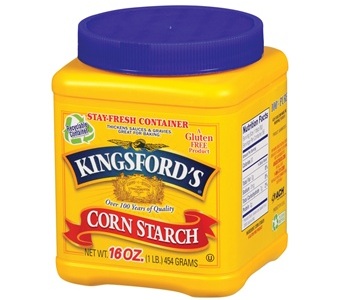For activity 8, students have a choice to explore other topics of chemistry presented in the PhET simulations.
Tasks to be completed:
1. Choose any Teaching Idea from any of the Chemistry Simulations (http://phet.colorado.edu/en/simulations/category/chemistry ) and post your results/data and/or answers on your blog.
For this assignment I chose the build a molecule concept questions under the build a molecule simulation. This activity had clicker questions that were supposed to be answered. Here are the questions.
Here are my answers to these questions.
1. The answer is A
2. The answer is D, both B and C are correct.
3. The answer is A
4. The answer is B
5. The answer is A, Methane
6. The answer is D, water
7. The answer is C, Chlorine
2. Work with any of the Chemistry Simulations to create your own Teaching Idea. The criteria for this is as follows:
a. must identify and meet three (3) science education standards
b. must be original work
c. must be scientifically accurate and appropriate for the directed grade level.
So, since I plan on being a Special Education teacher for middle school and elementary level students I thought I would try and create a lesson plan that would be directed towards these students. For the lesson plan I chose to use the balloons and static electricity simulation that is on the website.
1. The first thing I would do is get a general idea of what electricity and static electricity are by doing research on the web. I would have the students split up into groups and in their own words develop a small presentation that would explain to the other students how static electricity works. I would make sure that the students explain what electric charges are and how they interact with each other.
2. I would them bring a balloon into the classroom and have them rub it on different items in the classroom. Before they rub the balloon on these items I would have them predict what would happen, if the balloon would generate static electricity or not and why they felt that way.
3. After they have done some in class experimenting I would have them use the balloons and static electricity simulator to see why the balloons are attracted to certain items and why they are not attracted to other items. At the end of the exercise students should be able to explain what protons, neutrons, and electrons are and how they interact with each other.
4. The last part of the assignment would be to have the students write a one page paper themselves explaining what they have learned from the experiment and how they may be able to apply this knowledge to their everyday lives.
The three scientific standards that I feel this would address are:
B.4.1 Use encyclopedias, source books, texts, computers, teachers, parents, other adults, journals, popular press, and various other sources, to help answer science-related questions and plan investigations
C.4.7 Support their conclusions with logical arguments
C.8.10 Discuss the importance of their results and implications of their work with peers, teachers, and other adults








.png)












